Notizie
Fondo europeo per la competitività: i primi leaks su budget e regolamento
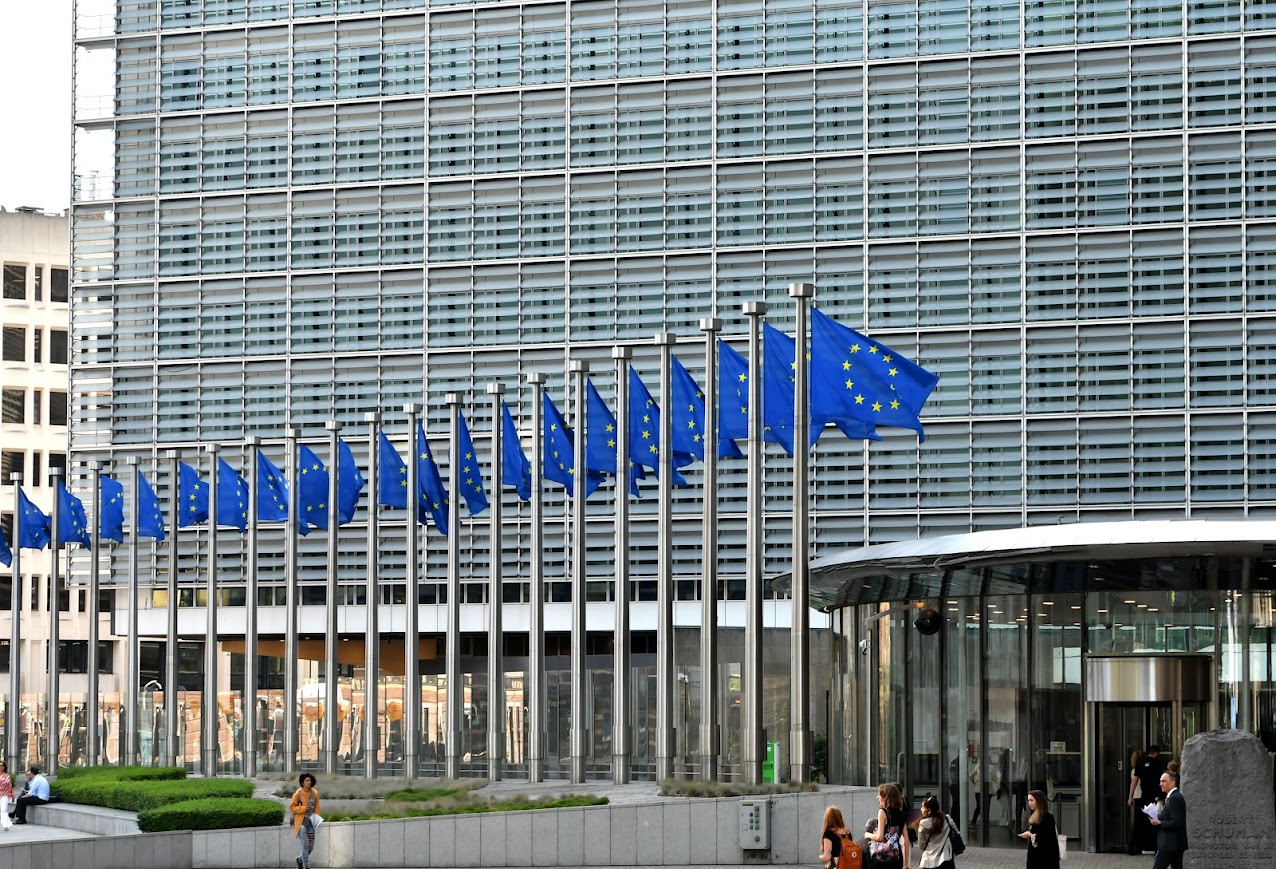 A meno di una settimana dalla presentazione della proposta di nuovo QFP, da Bruxelles continuano a trapelare informazioni sul Fondo UE per la competitività, incluso il leak sulla bozza del suo Regolamento che svela l’architettura del Fondo e la fine fatta dai 14 programmi attuali che vengono inglobati (come Horizon Europe o Digital Europe, solo per citarne alcuni).
A meno di una settimana dalla presentazione della proposta di nuovo QFP, da Bruxelles continuano a trapelare informazioni sul Fondo UE per la competitività, incluso il leak sulla bozza del suo Regolamento che svela l’architettura del Fondo e la fine fatta dai 14 programmi attuali che vengono inglobati (come Horizon Europe o Digital Europe, solo per citarne alcuni).
Verso un QFP da 1.200 miliardi. Pressing del PE sulla Commissione
Quale futuro per il Programma LIFE nel QFP post 2027
 In base alle anticipazioni trapelate nei giorni scorsi sul QFP di Bruxelles per il periodo 2028-2034, LIFE dovrebbe rientrare tra i programmi UE che subiranno uno stravolgimento in termini di struttura e gestione del budget. Un cambiamento che sta sollevando diverse polemiche.
In base alle anticipazioni trapelate nei giorni scorsi sul QFP di Bruxelles per il periodo 2028-2034, LIFE dovrebbe rientrare tra i programmi UE che subiranno uno stravolgimento in termini di struttura e gestione del budget. Un cambiamento che sta sollevando diverse polemiche.
Programma LIFE: guida ai fondi UE per ambiente e clima nel triennio 2025-2027
Come cambia InvestEU nell'European Competitiveness Fund
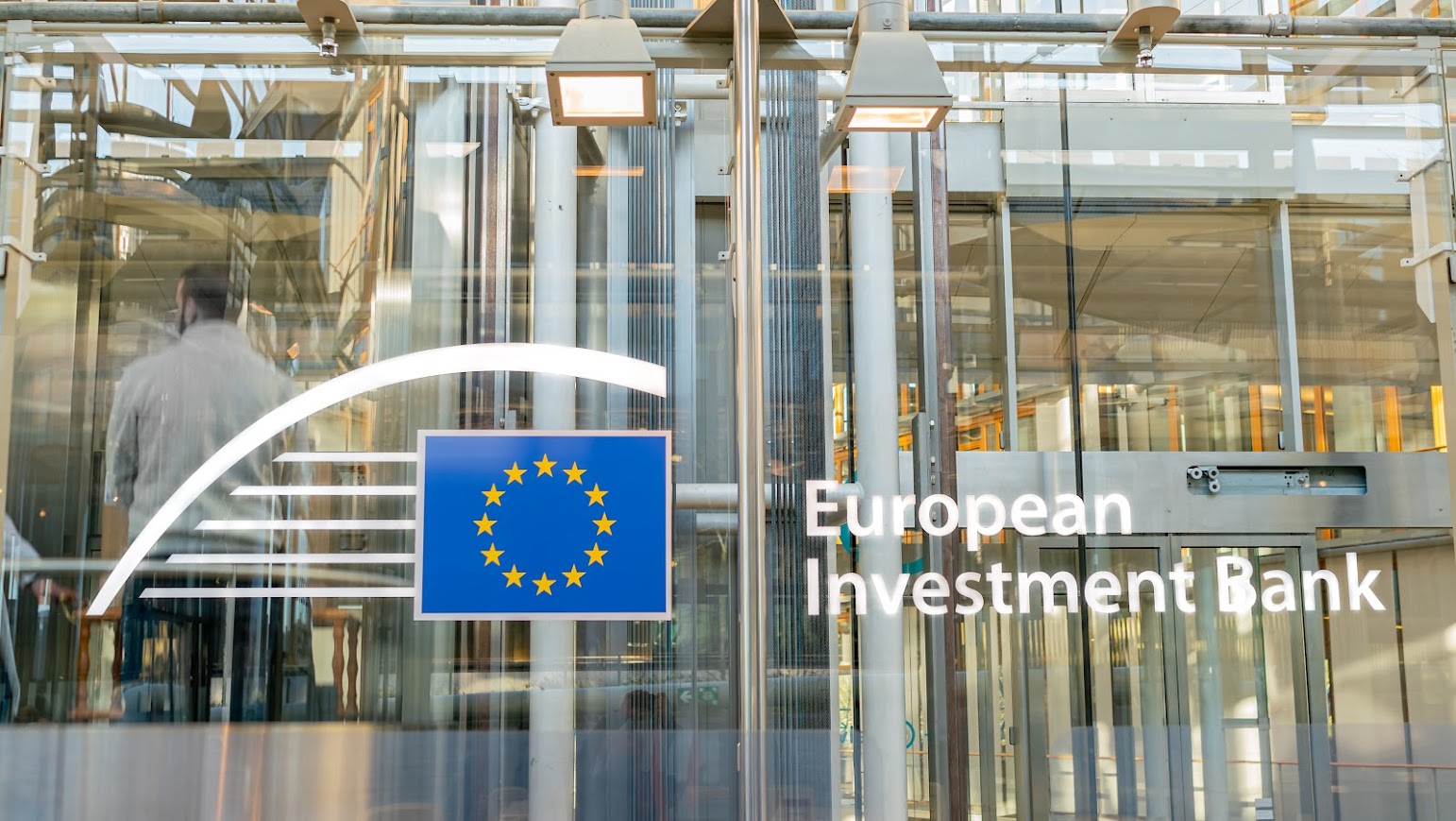 Il regolamento del Fondo europeo per la competitività dovrebbe prevedere una sezione dell'European Competitiveness Fund (ECF) dedicata allo strumento InvestEU, che nel bilancio UE post 2027 continuerà a coordinare gli strumenti finanziari come prestiti, capitale di rischio e garanzie per mobilitare investimenti pubblici e privati grazie alla garanzia del bilancio UE.
Il regolamento del Fondo europeo per la competitività dovrebbe prevedere una sezione dell'European Competitiveness Fund (ECF) dedicata allo strumento InvestEU, che nel bilancio UE post 2027 continuerà a coordinare gli strumenti finanziari come prestiti, capitale di rischio e garanzie per mobilitare investimenti pubblici e privati grazie alla garanzia del bilancio UE.
Fondo europeo per la competitività: i primi leaks su budget e architettura
ERC+, la call Super Grants in arrivo a maggio 2026
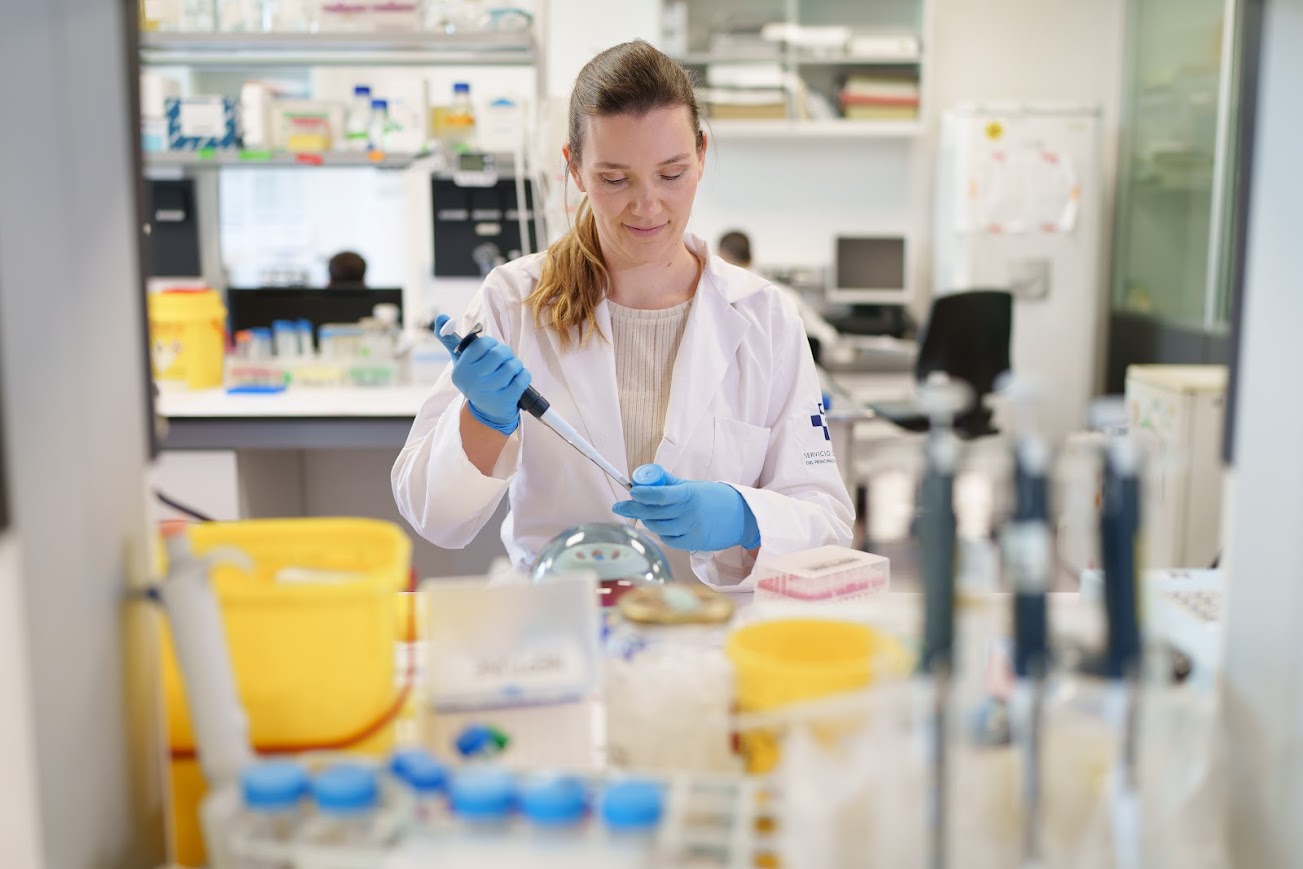 Il Consiglio Europeo della Ricerca lancerà a maggio del prossimo anno la prima call relativa alla super sovvenzione (in inglese 'super grant') della durata di sette anni con cui Bruxelles punta ad offrire una prospettiva a lungo termine ai ricercatori più ambiziosi.
Il Consiglio Europeo della Ricerca lancerà a maggio del prossimo anno la prima call relativa alla super sovvenzione (in inglese 'super grant') della durata di sette anni con cui Bruxelles punta ad offrire una prospettiva a lungo termine ai ricercatori più ambiziosi.
Ricerca, 500 milioni e 'super grant' per attirare i talenti in Europa
Just Transition Fund, incentivi alle imprese del Sulcis Iglesiente
Conferenza sull’Ucraina: accordi economici per 10 miliardi di euro
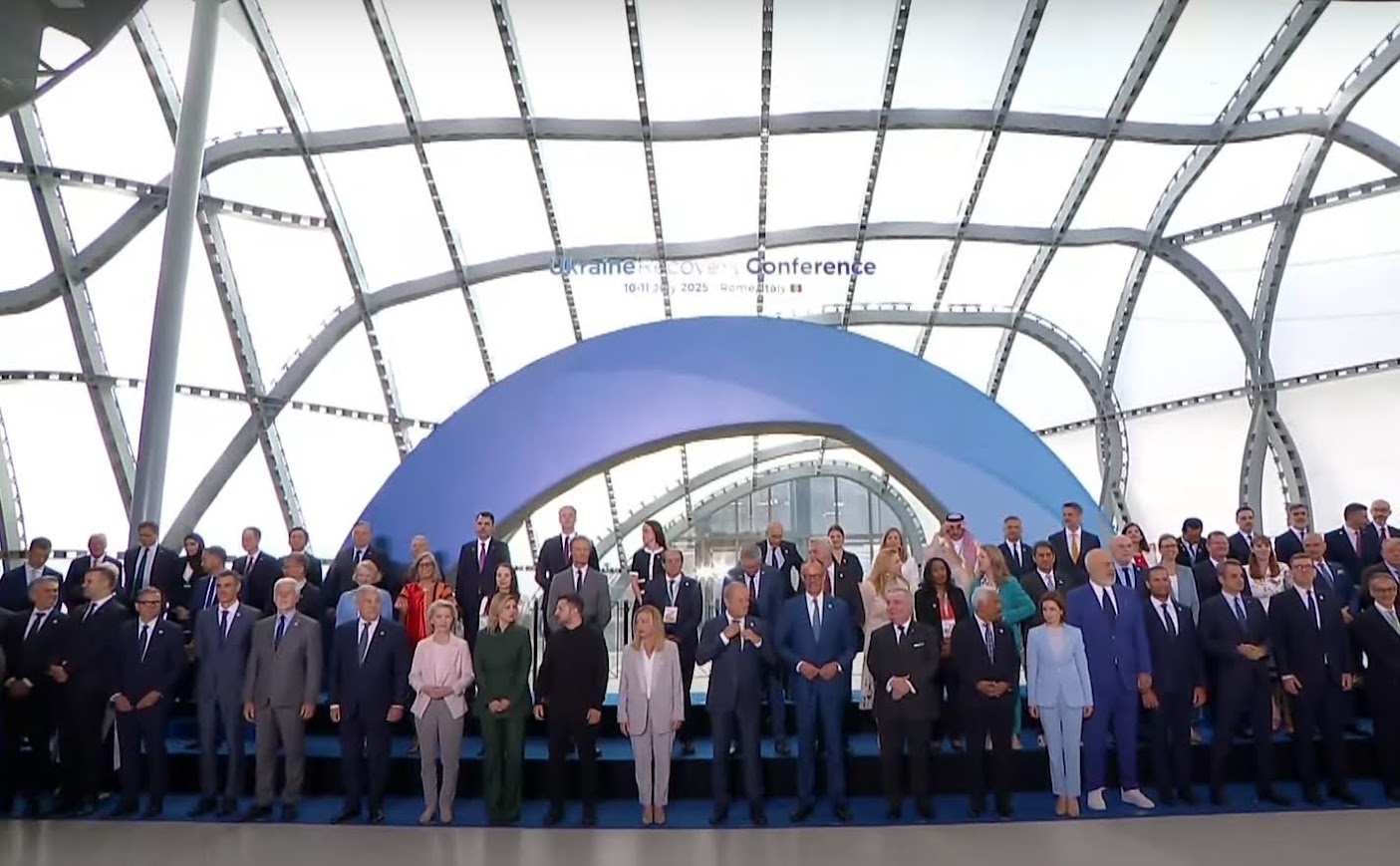 Istituzioni politiche, finanziarie e imprese, ma anche accordi economici per 10 miliardi, nonché l’industria della difesa. È questo l’identikit della Conferenza sulla Ripresa dell’Ucraina 2025 (URC2025) in scena oggi e domani a Roma. Un'iniziativa promossa dall’Italia, durante la quale l’UE ha annunciato anche un nuovo pacchetto di accordi da 2,3 miliardi e il lancio di un nuovo Fondo equity.
Istituzioni politiche, finanziarie e imprese, ma anche accordi economici per 10 miliardi, nonché l’industria della difesa. È questo l’identikit della Conferenza sulla Ripresa dell’Ucraina 2025 (URC2025) in scena oggi e domani a Roma. Un'iniziativa promossa dall’Italia, durante la quale l’UE ha annunciato anche un nuovo pacchetto di accordi da 2,3 miliardi e il lancio di un nuovo Fondo equity.
Terna: 1,5 miliardi finanziamenti per l’Adriatic Link
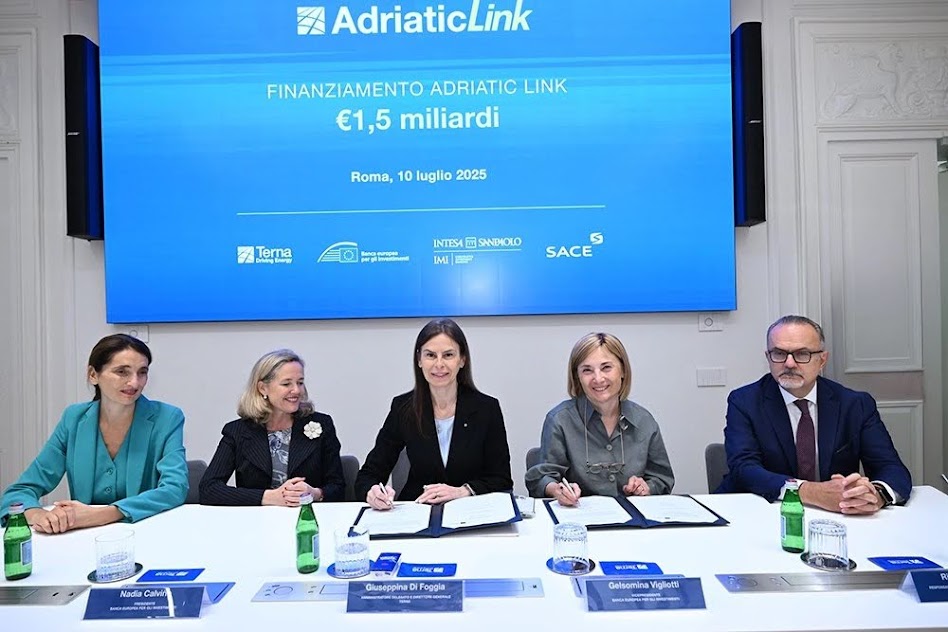 BEI, SACE, Intesa Sanpaolo e Terna hanno siglato degli accordi di finanziamento, per un valore totale di 1,5 miliardi di euro, per lo sviluppo e la realizzazione dell’Adriatic Link, l’elettrodotto sottomarino della utility italiana che collegherà Marche e Abruzzo.
BEI, SACE, Intesa Sanpaolo e Terna hanno siglato degli accordi di finanziamento, per un valore totale di 1,5 miliardi di euro, per lo sviluppo e la realizzazione dell’Adriatic Link, l’elettrodotto sottomarino della utility italiana che collegherà Marche e Abruzzo.
PN RIC 2021-27: bando MASE da 379 milioni per modernizzare e digitalizzare le reti
Decreto Infrastrutture, ok della Camera alla conversione in legge
Via libera alla Strategia italiana per le tecnologie quantistiche
 L'Italia risponde alla Quantum Europe Strategy con una Strategia nazionale per le tecnologie quantistiche. Obiettivo: rendere il nostro Paese più competitivo in un ambito che ha le potenzialità per rivoluzionare diversi settori industriali, dalla salute al lavoro.
L'Italia risponde alla Quantum Europe Strategy con una Strategia nazionale per le tecnologie quantistiche. Obiettivo: rendere il nostro Paese più competitivo in un ambito che ha le potenzialità per rivoluzionare diversi settori industriali, dalla salute al lavoro.
Intelligenza Artificiale, in arrivo le call della IT4LIA AI Factory
EIT Digital lancia SPIN: RISE, un ponte tra ricerca e mercato in Europa
 L'EIT Digital intensifica i propri sforzi per colmare il divario tra il mondo della ricerca accademica e quello dell'industria con il lancio di un programma di trasferimento tecnologico chiamato SPIN:RISE.
L'EIT Digital intensifica i propri sforzi per colmare il divario tra il mondo della ricerca accademica e quello dell'industria con il lancio di un programma di trasferimento tecnologico chiamato SPIN:RISE.
Imprenditorialità: come partecipare all'EIT Digital SpeedLauncher 2025



